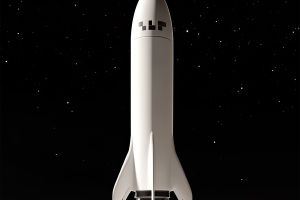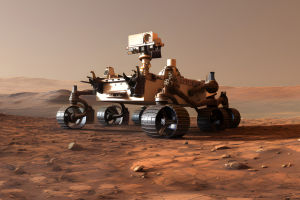We're all familiar with the Sun's importance to life on Earth, but did you know that solar activities could pose a serious threat to our technology, infrastructure, and daily lives?
India's latest solar mission, Aditya-L1, has given us a deeper understanding of solar phenomena, particularly the dangers of solar storms, or Coronal Mass Ejections (CMEs).
Let's explore why this mission is crucial for protecting our planet and the satellites orbiting it!
The Power of Coronal Mass Ejections
When a solar storm, known as a CME, blasts out of the Sun, it can travel at astonishing speeds of up to 3,000 kilometers per second. These massive fireballs made of charged particles can weigh up to a trillion kilograms and could cover the 150 million kilometers to Earth in just 15 hours!
The Aditya-L1 mission's first big finding came from its Visible Emission Line Coronagraph (VELC), which captured data that helped scientists estimate the exact moment a CME began. This breakthrough allows us to better understand the Sun's violent outbursts and predict their path, which is vital for protecting Earth.
The Threat to Earth's Technology
While CMEs rarely pose a direct threat to human life, their impact on our technology can be catastrophic. Satellites orbiting the Earth, including more than 50 Indian satellites, are vulnerable to solar storms. When these storms strike, they can cause malfunctions in satellite electronics, disrupt communications, and even knock out power grids.
Remember the 1989 solar storm that took down Quebec's power grid for nine hours? Or the 2015 event that caused air traffic control disruptions in Europe? These incidents demonstrate how reliant we've become on space-based technologies—and how vulnerable they are to solar activity.
How Aditya-L1's Data Helps Protect Us
Aditya-L1, launched by the Indian Space Research Organisation (ISRO), provides a unique advantage by offering continuous monitoring of the Sun. Unlike Earth-based observatories, which are limited to specific viewing times, Aditya-L1 can watch the Sun 24/7. This constant observation helps us track solar activities like CMEs in real-time and predict their trajectory.
With this data, we can take preventive measures, such as shutting down power grids or temporarily halting satellite functions, minimizing damage when a CME is headed our way.
Why Is This Mission So Important?
What makes India's solar mission stand out? While other space agencies, like NASA and ESA, have been monitoring the Sun for years, Aditya-L1 brings a fresh perspective. The VELC coronagraph on Aditya-L1 is designed to view the Sun's outermost layer—the corona—uninterrupted.
This gives scientists a clearer picture of the Sun's activities, especially the beginning of CMEs. If we can detect these events early, we'll be in a better position to protect the vital systems that keep our world running.
Expanding Our Understanding of the Sun
With Aditya-L1, India is not only advancing our knowledge of solar phenomena but also joining an elite group of countries monitoring space weather.
The data collected by Aditya-L1, combined with ground-based observatories in India, will provide valuable insights into the Sun's behavior. This will enhance global understanding and allow us to better prepare for future solar storms, safeguarding both Earth and the technology we rely on.
The findings of this mission could help prevent technological disasters and ensure that we are ready for whatever the Sun throws our way!


